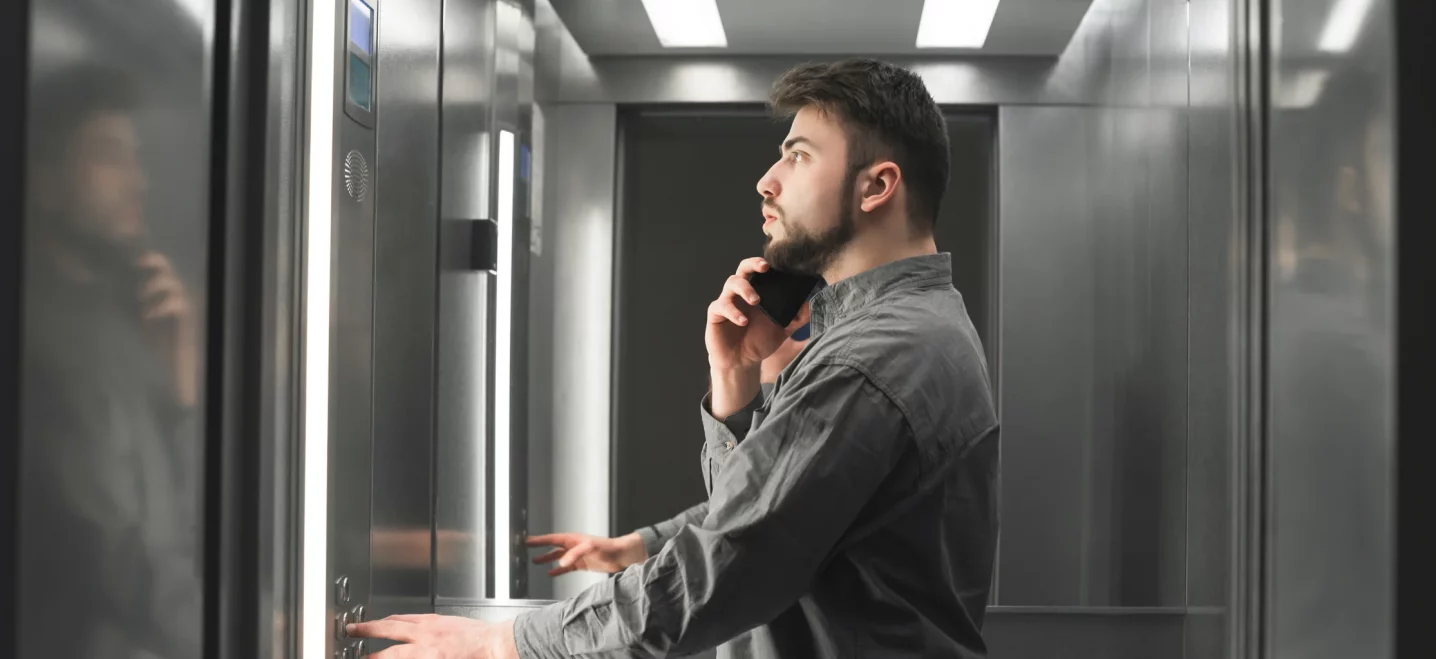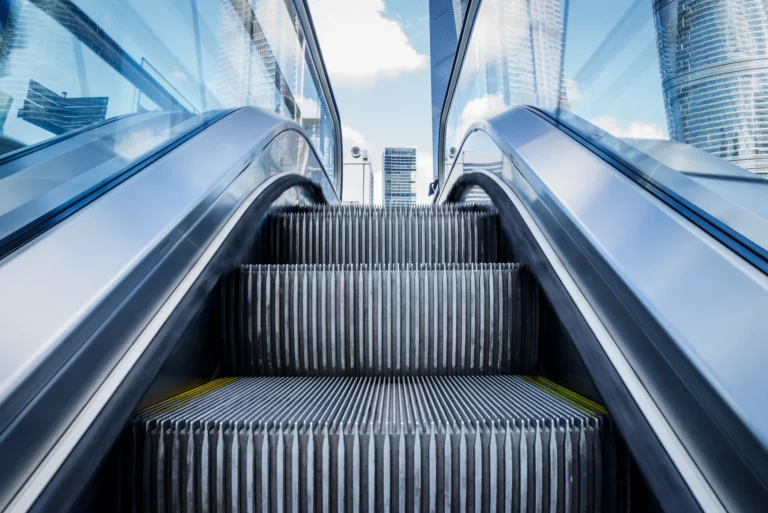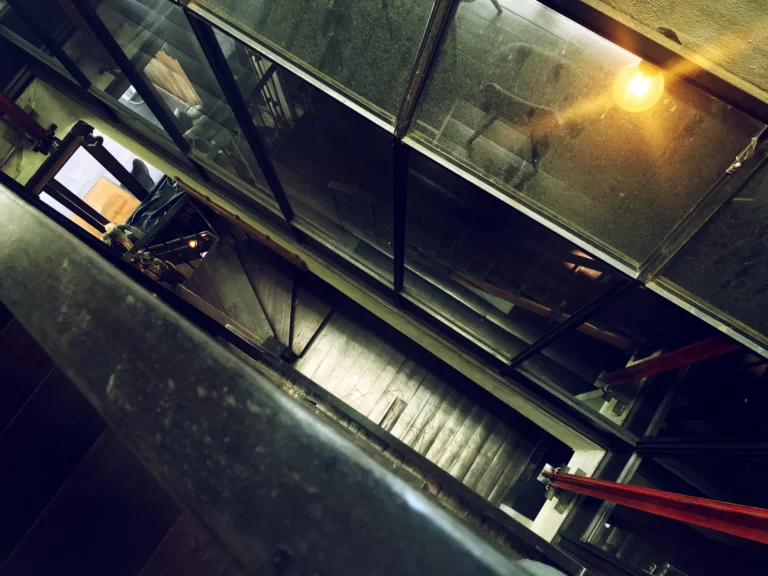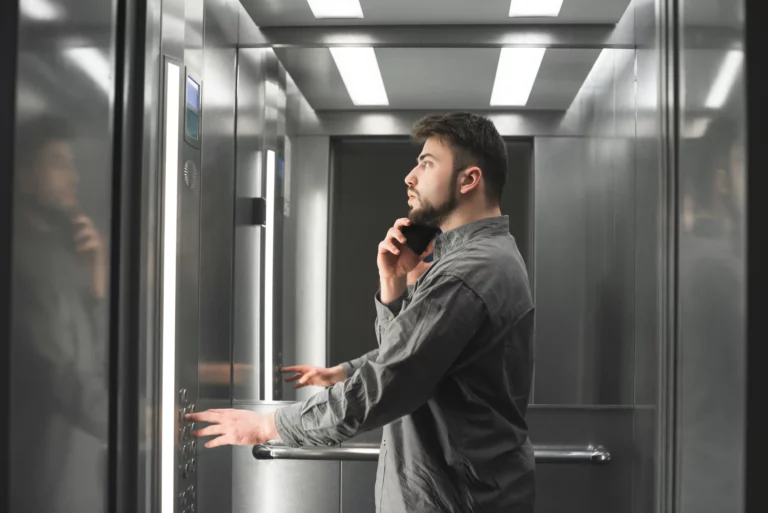In the bustling corridors of modern infrastructure, escalators stand as ubiquitous workhorses, effortlessly transporting millions of people daily. They are one of the most common and convenient modes of transportation in public places such as malls, airports, and subways. They can move large numbers of people quickly and efficiently, without any waiting time. However, escalators also pose some potential risks, such as falls, entrapments, or injuries caused by loose clothing or footwear. Therefore, it is important to know what are the safety features of modern escalators and how do they protect users from these hazards.*
Advanced Step Design
The humble escalator step is the foundation of passenger safety. Modern escalators are equipped with improved step designs that include yellow demarcation lines, enhancing visibility to ensure that users can identify where to place their feet safely.
Emergency Stop Buttons
Strategically placed at both ends of the escalator, emergency stop buttons allow for the immediate cessation of escalator movement in case of a hazard, preventing further incidents and allowing for swift emergency response.
Skirt Brushes
These are located along the skirt panels of the escalator, which are the vertical surfaces on either side of the steps. They help prevent objects from being caught in the gap between the skirt and the step, which could cause damage or injury. Skirt brushes also alert the users to keep their feet away from the edge of the step.
Handrail Speed Sensors
Escalators are now fitted with sensors that ensure the handrail moves at a synchronized speed with the steps. This harmony prevents imbalance and reduces the risk of falls. If there is any discrepancy, the detector will stop the escalator and activate an alarm, as this could indicate a problem with the handrail drive or alignment.
Maintenance and Inspection
Modern escalators also require regular maintenance and inspection to ensure their safety and performance. The maintenance and inspection are usually done by qualified and certified technicians, who can check the condition and function of the escalator components, such as the steps, the handrails, the motors, the brakes, the sensors, and the detectors. The maintenance and inspection can also include cleaning, lubricating, adjusting, repairing, or replacing any worn or damaged parts. The maintenance and inspection are usually recorded and documented, and can be verified by the users or the staff.







